Wednesday, December 2 | 3:00 p.m.-3:10 p.m. | SSM19-01 | Room N230
Results from this international multicenter study indicate that gadobenate dimeglumine is safe and effective for contrast-enhanced MRI of central nervous system lesions in children.With the greater signal intensity of gadobenate dimeglumine (MultiHance, Bracco Diagnostics, Princeton, NJ) in children, researchers hope that contrast-enhanced MRI will improve detection and/or diagnosis of small or poorly enhanced tumors and provide more precise definition of tumor margins.
The open-label clinical study, which included 17 medical centers in the U.S., Europe, and China, enrolled 92 children who were referred for cranial/spinal contrast-enhanced MRI. Each child received 0.1 mmol/kg gadobenate dimeglumine followed by a saline flush. Predose and postdose T1-weighted spin-echo images were evaluated for lesion enhancement, border delineation, and visualization of internal morphology.
The children were monitored for adverse events for 72 hours and followed for up to 30 days for final diagnosis. They also were assessed for changes in vital signs, serial 12-lead electrocardiogram (ECG), and laboratory findings.
Eighty-nine of 92 children, ranging in age from 2 to 17 years, completed all safety evaluations, with a mean contrast dose of 8.4 mL (range, 2.0-22.8 mL). A total of nine adverse events were reported in eight children (8.7%), including three adverse events (eyelid edema, abdominal discomfort, and vomiting) in two patients, which were possibly related to contrast injection.
No serious adverse events were reported and no clinically meaningful changes in vital signs, laboratory values, or ECG were observed.
Contrast-enhanced MRI diagnoses included nontumor, tumor, and normal parenchyma. Of the 60 children with tumors, 25 (42%) tumors were deemed benign and 35 (58%) tumors were malignant.
Study lead author Dr. Matthew Kuhn, visiting clinical professor of radiology at the University of Illinois College of Medicine at Peoria, said the data are being submitted to the U.S. Food and Drug Administration (FDA) by Bracco with a recommendation that the approved dose in children be 0.1 mmol/kg, the same as the approved dose in adults.
"The same precautions would apply as with other gadolinium agents," said Kuhn. "Avoid use in the very young child less than 2 years old, unless absolutely necessary, and carefully review a child's medical history for poor kidney function or other comorbidities that might place the child at increased risk from the contrast media exposure."
He added that as a condition of extending approval for use in children, the FDA often requests that manufacturers of contrast agents perform either a large observational safety study or conduct a detailed epidemiological survey to more fully evaluate the safety profile of the particular agent in children.

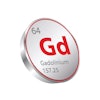
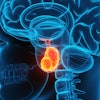
.fFmgij6Hin.png?auto=compress%2Cformat&fit=crop&h=100&q=70&w=100)

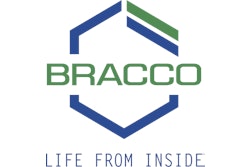
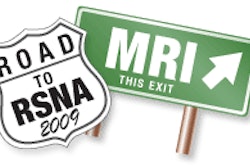
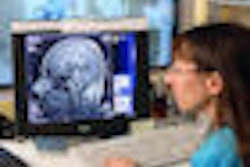
.fFmgij6Hin.png?auto=compress%2Cformat&fit=crop&h=167&q=70&w=250)











